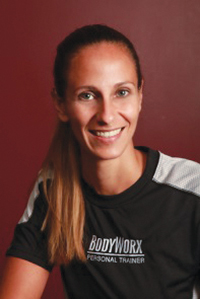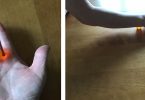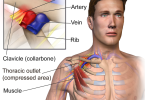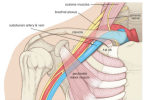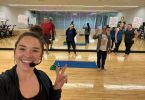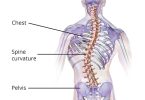Injuries are unexpected, and they are certainly a shock for both the athlete involved, as well as their teammates and coaches. How does an athlete recovery from an injury and get back into playing mode – both physically and mentally? Beyond the initial trauma, surgery, repair and physiotherapy, there are further steps required to recondition the whole athlete.
From a personal trainer’s perspective, I often see athletes post-rehab. My job as a trainer is to continue the strengthening of the injured area through stability, mobility and flexibility. A focus on building the muscles around the area is key. While the joint or bone break area may be compromised, we can build some extra stability using the surrounding muscles.
Conditioning for the site-specific injury isn’t the only thing we watch for.
Often, there are some new aches and pains that pop up. Incorrect use of crutches can cause shoulder and arm issues, holding a casted leg up can create hip flexor tightness (which can also lead to low back pain), and arm injuries can include strained shoulders and upper backs. An initial assessment with your trainer to locate ALL the areas of concern is important. Be sure not to omit painful areas simply because it’s not where the injury occurred.
Tips for finding the right trainer to continue conditioning after an injury:
- Make sure he or she connects with your prior physiotherapist or doctor to note any concerns and to be on the same page with continued rehabilitation.
- Look for someone with knowledge on your specific injury.
- Be sure to talk about the entire athlete during your meeting – both your injured area and any new aches and pains.
Key points in returning after injury:
- If it doesn’t feel ‘right,’ don’t do it! Always check with a doctor or surgeon if new pains come up.
- Break up any scar tissue with a foam roller or professional massage therapist who is educated in your injury.
- Work on the mental blocks involved in recovering from an injury. Use your time with your trainer to talk about your fears, and try to reproduce game-play movements in a controlled environment to build confidence.
BodyWork Training
Tania Admans, Owner, Conditioning Coach, Personal Trainer
www.bodyworxtraining.com
tania@bodyworxtraining.com
519-858-BODY
142 Fullarton Street
London, ON
www.bodyworxtraining.com

